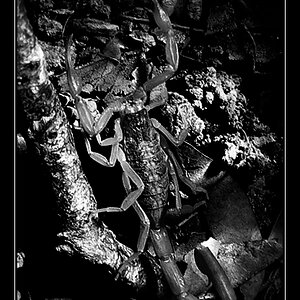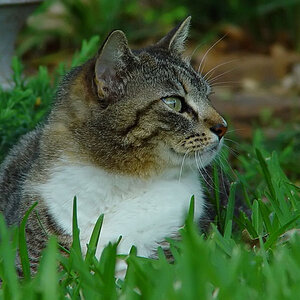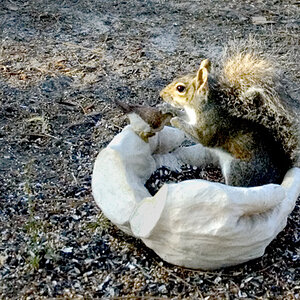- Joined
- May 1, 2008
- Messages
- 25,418
- Reaction score
- 4,999
- Location
- UK - England
- Website
- www.deviantart.com
- Can others edit my Photos
- Photos OK to edit
Ok so I've decided that I really need to "hit the books" on noise reduction.
I've survived thus far on the odd forum post and feedback but I really need some recommendations now on either websites or books which you know of which really go into this subject in greater detail. It's my view that noise reduction and sharpening are two areas where I am finding myself spending the most time working with a few tools that I don't really fully understand nor utilize - especially if I want to get into something like individual channel noise reduction.
So I'd welcome any input you guys have. For reference I can and do use Lightroom, Photoshop and Neat-Image. Up till now Neat Image is my weapon of general choice as it tends to work well; though I must admit even there a lot of hte time I'm adjusting sliders without full comprehension as to what is going on or why or how it might better be done.
I've survived thus far on the odd forum post and feedback but I really need some recommendations now on either websites or books which you know of which really go into this subject in greater detail. It's my view that noise reduction and sharpening are two areas where I am finding myself spending the most time working with a few tools that I don't really fully understand nor utilize - especially if I want to get into something like individual channel noise reduction.
So I'd welcome any input you guys have. For reference I can and do use Lightroom, Photoshop and Neat-Image. Up till now Neat Image is my weapon of general choice as it tends to work well; though I must admit even there a lot of hte time I'm adjusting sliders without full comprehension as to what is going on or why or how it might better be done.


![[No title]](/data/xfmg/thumbnail/38/38262-10a9668da9a2b36a92cddde57caf87bc.jpg?1619738547)
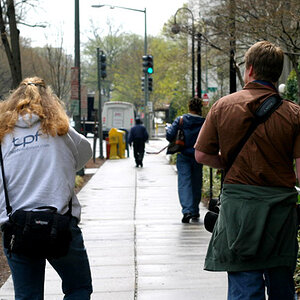
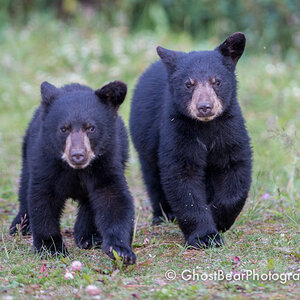
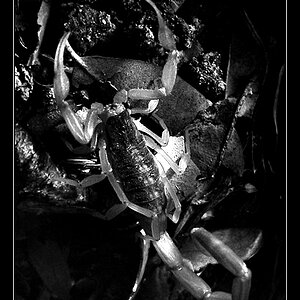
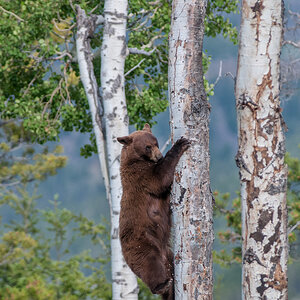
![[No title]](/data/xfmg/thumbnail/36/36392-ee7dc51c9be334b9979003f6316db12e.jpg?1619737547)
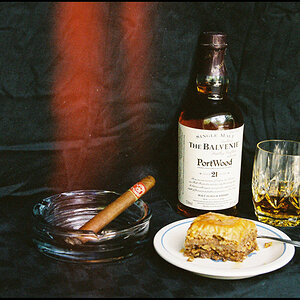
![[No title]](/data/xfmg/thumbnail/40/40286-86401b94de8b01bea8bb4ea154aaea0a.jpg?1619739408)
![[No title]](/data/xfmg/thumbnail/32/32164-d68fa2de02f9bef524bbd68aac2f12e4.jpg?1619735234)
